0
Cart 0
Type and hit enter
There are no observable physical features of autism and the symptoms of autism are reflected in deficits in social communication and interaction as well as repetitive behaviours.
Autism presents itself in early childhood (before 3 years old) and can be identified as early as 18 months old.
Autism is a spectrum disorder. This means that some individuals are affected by autism on a mild level, some on a moderate level and some on a severe level.
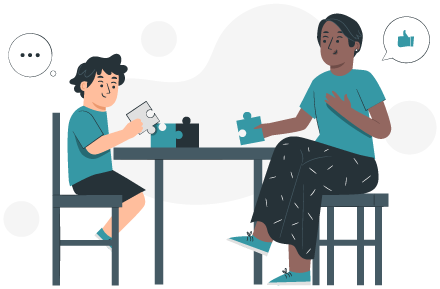
There is no exact cause of autism yet, but there are links to genetic, environmental and biological factors.
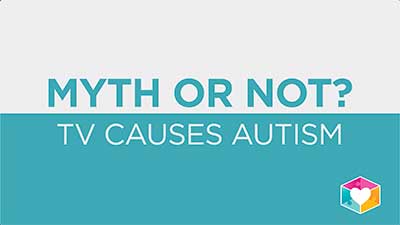
Do you think TV causes autism? Find out the truth behind this, as well as the link between TV and children’s social skills and speech.
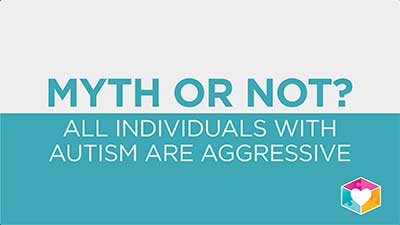
Do you think that people with autism are aggressive? You may have heard that some individuals with autism may have self-injurious behaviours or are aggressive to other people. Find out why they do so in this video.
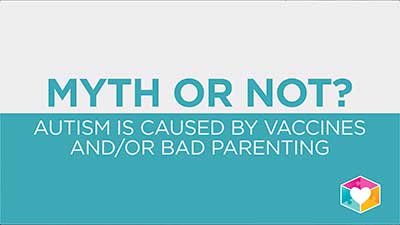
Have you ever wondered whether vaccines cause autism? How about bad parenting? In this video, we explain the truth behind the causes of autism.
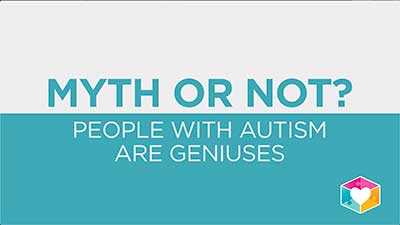
Have you ever wondered whether all people with autism are geniuses? Well, in this video, you can find out if this is a myth or fact.

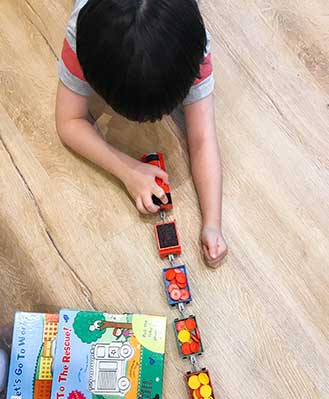
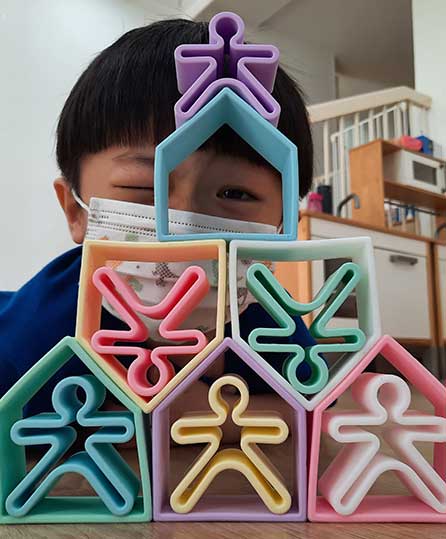
Learn about the red flags of autism, complete the M-Chat self-assessment and learn about what to expect from a comprehensive Diagnostic Evaluation as well as the DSM-5 criteria.
Adding {{itemName}} to cart
Added {{itemName}} to cart